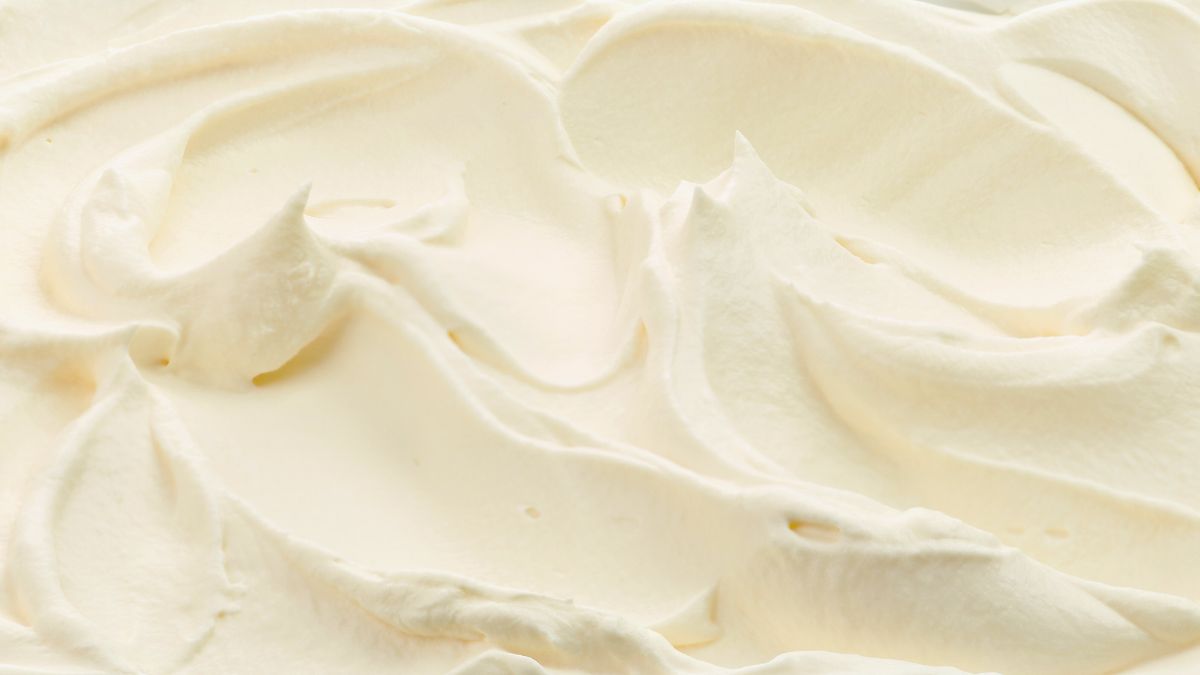What Is Single Cream & How to Substitute It?

There was a time when I had no idea what single cream was or how it differed from the whipping cream and half and half. In that dark time, I finally decided to do some research about it since I was working on a recipe using this exact type of cream.
By understanding what it’s made of, you will better understand how to use the substitutes you have on hand. In this article, I will share everything I learned about single cream, including what it’s made of, how it’s used, and the best substitutes so you’ll never have to miss out on a recipe again. Grab your whisk, and let’s get baking!
What Is Single Cream Made Of?
Single cream is a thin cream made from milk with a butterfat content of at least 18% but less than 30%. It’s lighter than double cream but richer than half and half. [1]
To produce single cream, cow’s milk is separated into cream and skim milk. The cream is then pasteurized and homogenized for consistency. Single cream adds richness, moisture, and a subtle dairy flavor to baked goods, desserts, and savory dishes.
How to Use It?
This rich dairy product adds moisture, fat, and a subtle creamy flavor to so many foods. I like using it instead of milk or half-and-half in pancakes, French toast, scrambled eggs, and creamy soups.
Single cream also works excellently as a finishing touch for berry pies, tarts, and crumbles. Simply whip it lightly and spoon over the top for an indulgent treat. When making scones, biscuits, or shortbread cookies, substituting an equal amount of single cream for some of the milk or buttermilk helps create an extra flaky and tender crumb.
Whether drizzled over fresh berries, stirred into risotto, or whipped as a topping for hot chocolate, single cream adds a lovely richness and depth of flavor to both sweet and savory foods.
What to Use as a Single Cream Substitute?
If single cream isn’t available where you are, look for light whipping cream, light cream, or half and half. For savory cooking, evaporated milk diluted with a bit of water or regular milk can work in a pinch.
Light cream has the closest fat content of around 20%, so it can work instead of a single cream in most recipes. It may result in a somewhat thinner result.
Half and half is a mixture of milk and cream with about 10-12% milk fat. It can work as a substitute for single cream but may require a small amount of cornstarch or flour to help thicken the consistency. Use the same amount of half and half as the recipe calls for in a single cream.[2]
Evaporated milk has had about 60% of its water removed and contains around 9% milk fat. Use 3/4 cup evaporated milk and 1/4 cup water for every cup of single cream. This helps achieve a similar consistency to a single cream. Evaporated milk works well in custards, sauces, and desserts. [3]
Coconut cream contains about 24% fat for a non-dairy option and has a thick, creamy texture like a single cream. Use an equal amount of coconut cream in place of a single cream. Coconut cream works excellently in curries, desserts, and pie fillings. [4]
Lastly, milk and melted butter are also a decent substitute. Just mix three tablespoons of melted butter into 1 cup of whole milk and let chill before using.
What Is Single Cream Called in the USA?
In the USA, single cream is usually called light cream. While a single cream contains around 18% milk fat, having a lighter texture than heavy cream or whipping cream, light cream is the closest to this fat content with 20%. [5]
It is also sometimes known as pouring cream since it is often used to pour over desserts.
While it may be called by different names in other parts of the world, its purpose remains the same. The next time a recipe calls for a single cream, and you don’t have any on hand or want a different option, you’ll be armed with several substitutes to choose from.
I would like to know what you think about single cream and what you usually substitute it with. So, make sure you hit the comments below, and write it down!
Before diving into the nutritional details, please review our Nutritional Disclaimer page for important context and clarifications.
